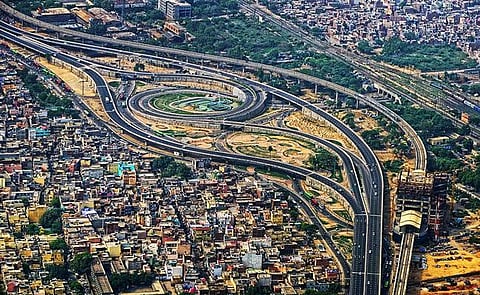Where will we live?
The welfare-state model in Europe was born out of an uneasy reconciliation between capitalism and its opponents. Its principles were adopted by most of the newly independent countries in the post-Second World War period. The ethos of the model survived because of the division of the world into socialist and capitalist entities, and because of the presence of a revolutionary China and a militarily powerful Soviet Union on the UN Security Council. In these circumstances, a global market economy was simply not possible. The collapse of the Soviet Union and the repercussions of the failure of the Cultural Revolution in China changed all this, and in political terms capitalism came to dominate the world.
Three important global organisations – the UN, the World Bank and the WTO – along with Western academia, have promoted what has come to be known as the 'free market' economy. The structural adjustment process, which most poorer countries had to undergo in 1990s, facilitated this concept and process. The resulting national economic crunches meant that the poorer countries could not invest in – or, in many cases, even subsidise – infrastructure projects. Instead, these had to be built by the international or respective national corporate sector through international tendering at more than twice the normal cost through the Build-Operate-Transfer and the Build-Operate-Own processes. With such high costs, the poorer sections of these countries' populations have had to depend increasingly on a substandard informal sector for social and physical infrastructure provision.

